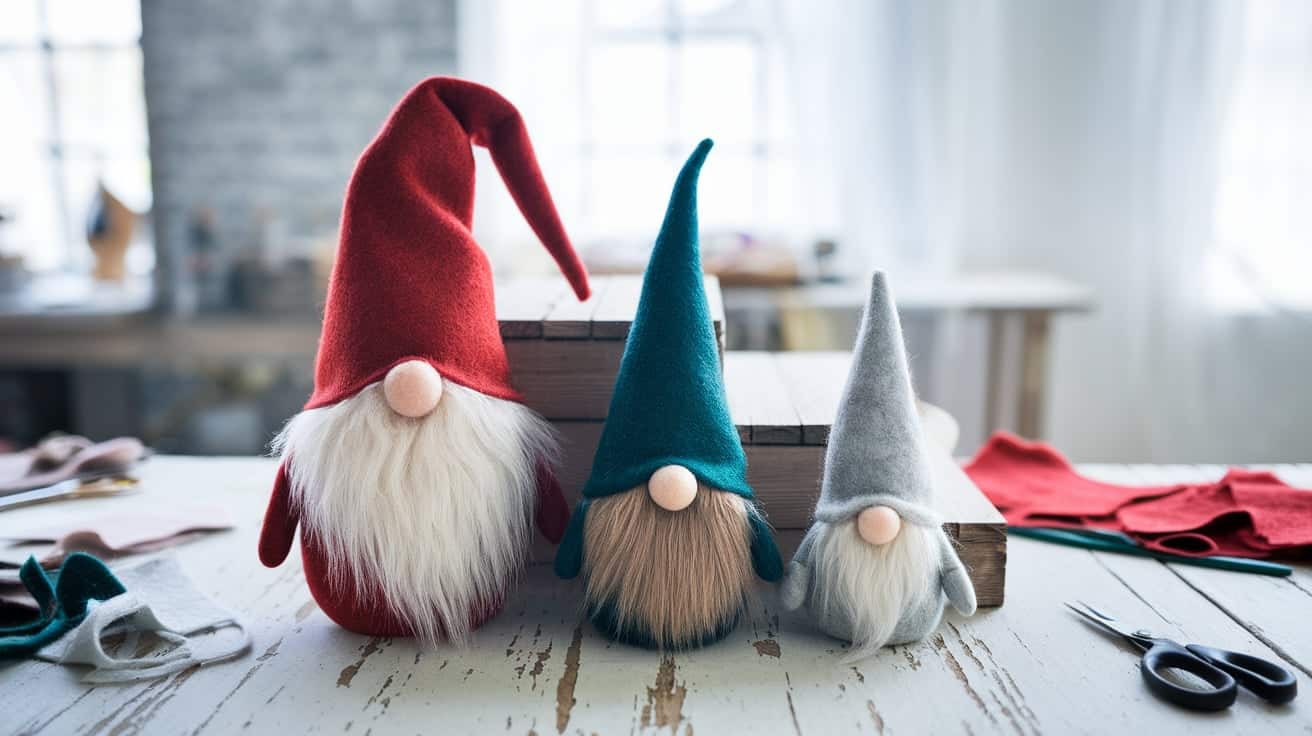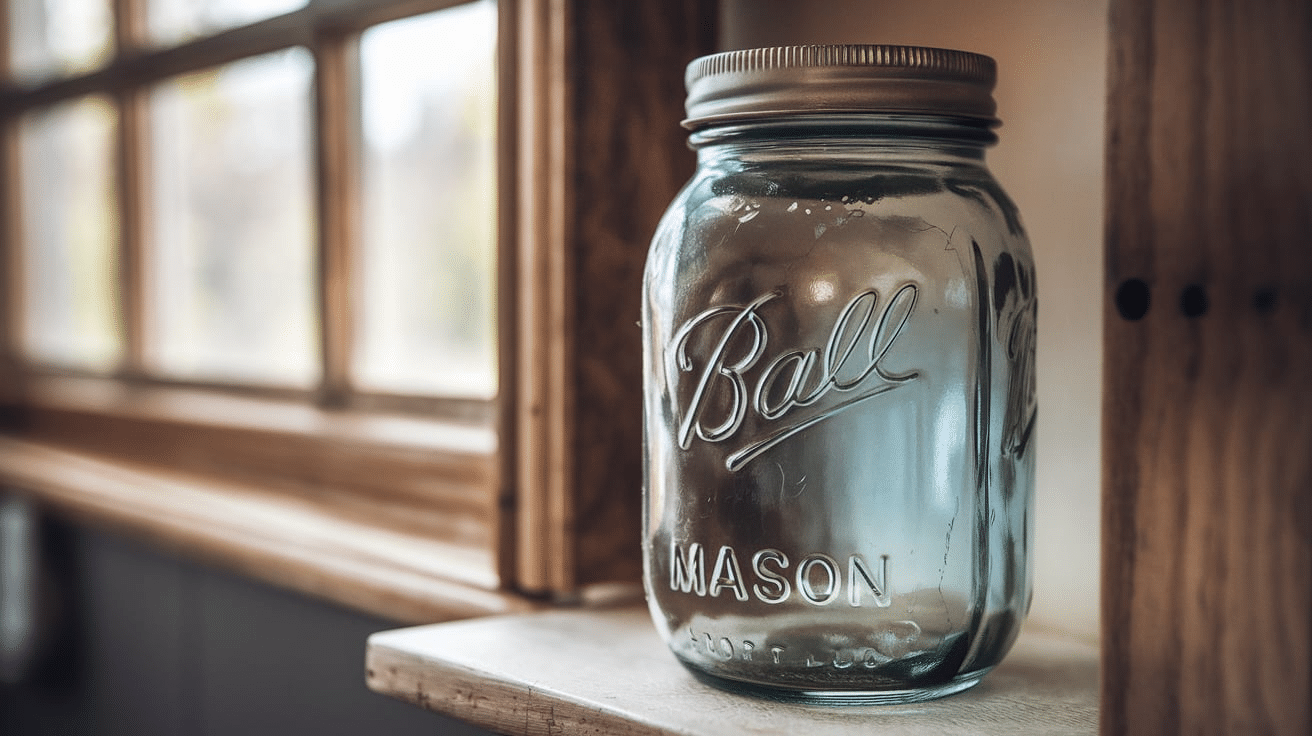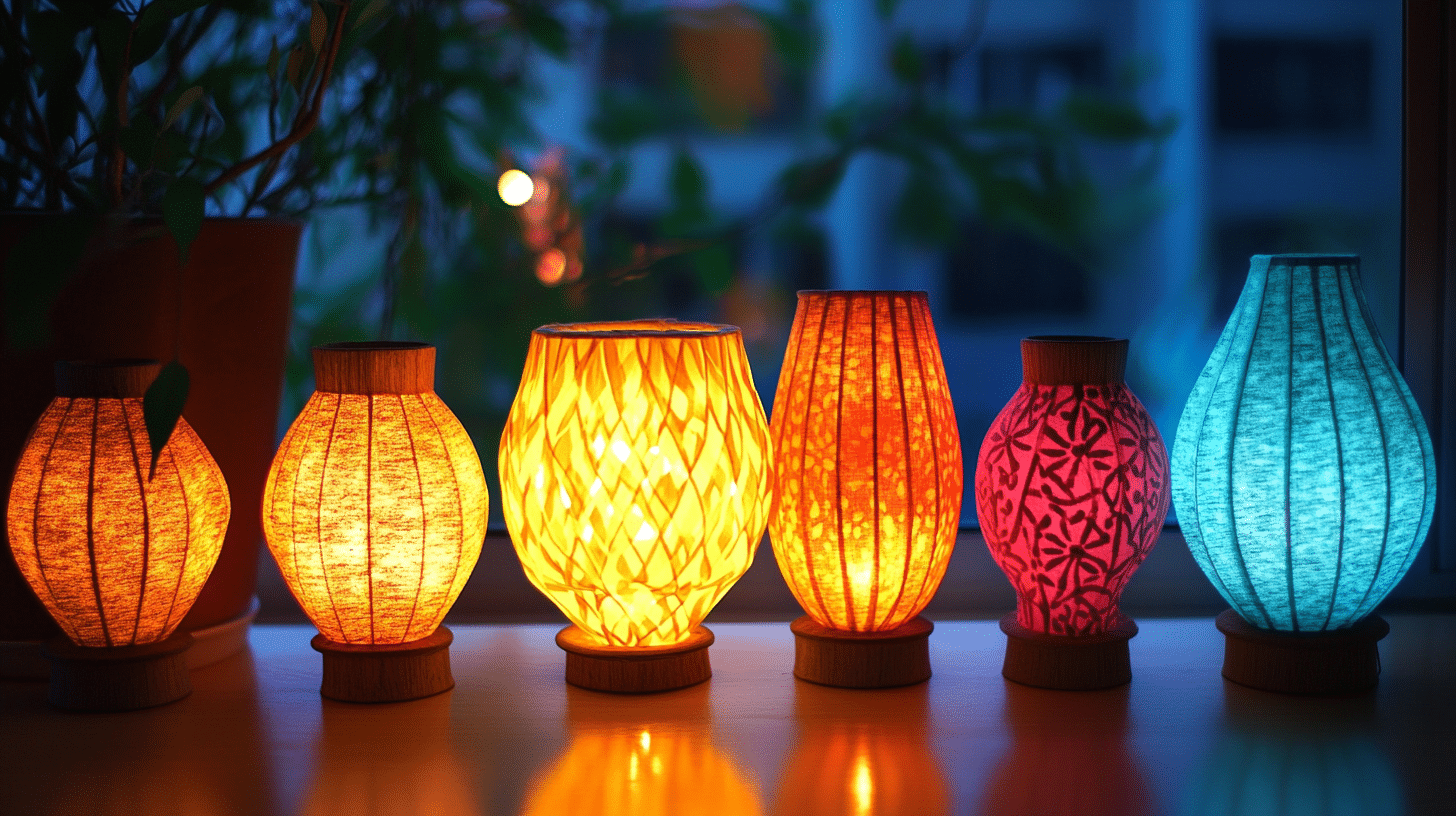How Does Color Psychology Affect Home Decor?
Several elements play an important role in the home’s overall aesthetics. However, the most definitive part is that of the color.
Home decoration might vary, but you can never mess it up with the paint.
The paint colors greatly impact our mood, behavior, and overall emotions.
Color plays a significant role in determining the overall impact of your home’s overall design.
Different colors have different roles in affecting our psychology; thus, it becomes essential to take necessary considerations before finalizing how you want your home to turn out.
To sort out all dilemmas and the role of color, we will delve into this article to learn about color psychology and how it affects home decor.
So, without any further ado, let’s get started!
Color Psychology
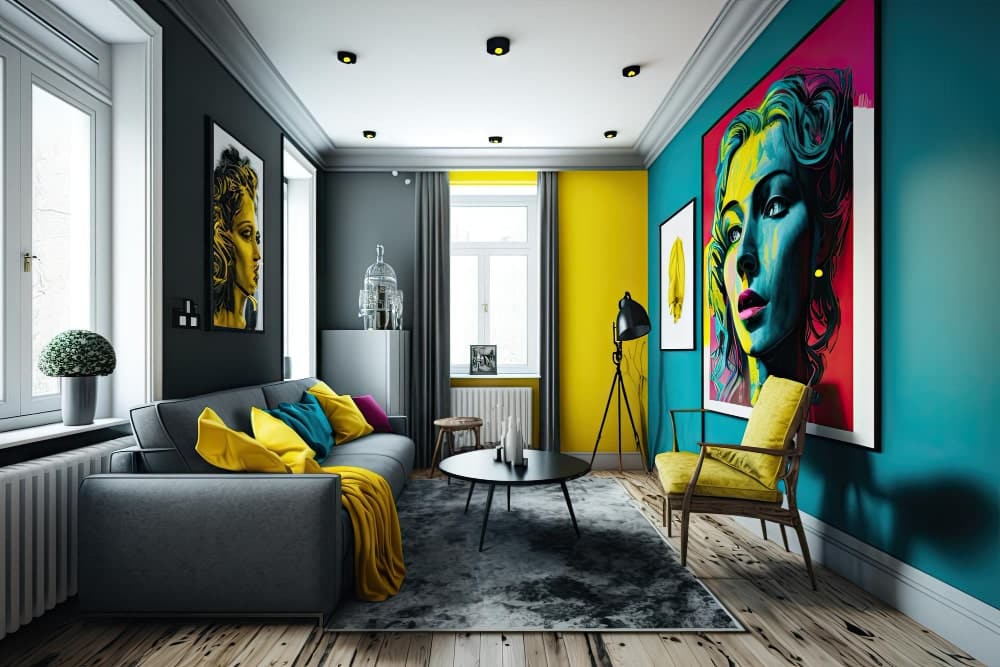
Before heading into the detailed segment of this article, it is first essential for us to understand the science involved behind colors and what role they play.
The Scientific Rationale
After light reaches the eye and is processed by the brain, color is seen as a visual sense. The wavelengths of different colors impact how the brain interprets them.
For instance, warm colors like orange and red are linked to evoking energy; these colors also have shorter wavelengths.
While colors with longer wavelengths are considered cool, such as blue and green, they are always linked with casting soothing and relaxing impacts on us.
We often discuss the psychological and emotional effects of colors in general, and it’s fascinating to explore how specific colors can transform the ambiance of a space.
Speaking of which, if you’re interested in how a bold color like black can be creatively used in interior design, don’t miss our article on wall paint ideas.
It delves into how black, often misunderstood as a stark or overpowering color, can add depth, elegance, and a unique aesthetic to your space.
Color Psychology and the Importance of Selection
Color psychology is essential to how color colors efficiently affect human behavior and emotions.
Based on this foundation, an essential aspect of interior design is formed, where color can influence how your space is perceived and experienced.
Thus, it becomes essential for homeowners to study and gauge every single parameter before finalizing the color for their home.
In Interior design, color psychology holds great importance and helps create space that seems aesthetically pleasing and promotes a sense of deep comfort.
The selection of color in interior design can make or break the ambiance of a room.
From igniting emotions to setting the tone of any space, every color has a distinct role.
In the segment to follow, underneath, we have listed a few of the most prominent colors and how they help define the space.
- White: White is linked with any space’s purity, simplicity, and cleanliness. It brings a sense of calmness and a peaceful approach to the room. It also helps in making the room look bigger and brighter.
- Red: If you wish to impose a bold statement and bring in the energetic vibes in your room, then red is the best choice. Red is often used as an accent color in your interiors, which helps in adding warmth and depth.
- Blue: Blue is always denoted as a calming and soothing color that creates serenity in the room. Lighter shades help in making the room feel big and open. It is one of the most preferred options in bathrooms and bedrooms owing to its calmness.
Role of Colors in Affecting Our Moods and Behaviours
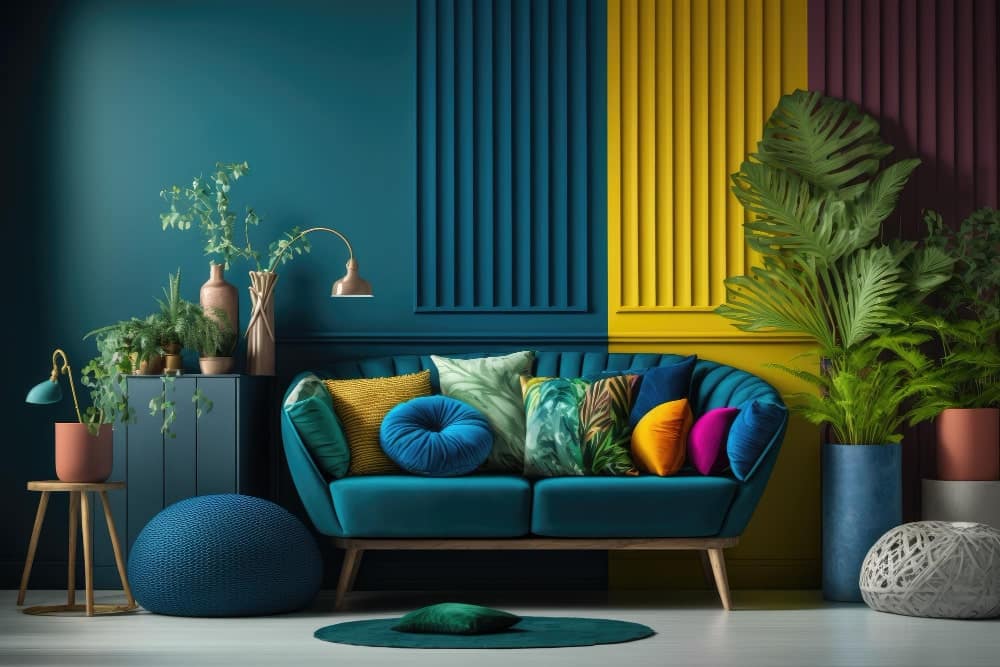
Colors have a powerful influence in determining the stage and impact of our mood and behavior.
Warm colors will never have the kind of influence upon us that cool colors can do.
Thus, understanding such influence on interior design is essential in bringing up the desired color codes for your home’s look.
Color is a crucial element of interior design because it can alter a place and establish a mood or environment.
It can draw attention to architectural details, establish focal points, and establish the general aesthetic of the area.
Different Color Schemes for Designing Your Interior
It is crucial for any design to consider the owner’s consideration.
What kind of setup do they desire, and what mood and ambiance do they desire?
Besides, the area is also an important part that requires consideration regarding the purpose of selecting the colors for interior design.
For a better explanation, colors that are calming in nature should be prominently used in bedrooms, while the colors of warmer sense should be cornered for your home offices.
Color schemes are essential in a place where you want a mixture of both kinds.
Color schemes help complement one color with another effectively to bring out the perfect combination in the best possible manner.
Three prominent varieties of common color schemes help in exhibiting the best turn-up for any room; these are:
- Monochromatic Color: The pattern where variations of just one color are used.
- Analogous Color: Using colors that are placed adjacent to the color wheel.
- Complementary Color: Color schemes where opposite colors on the color wheel are combined to give a highly contrasting effect.
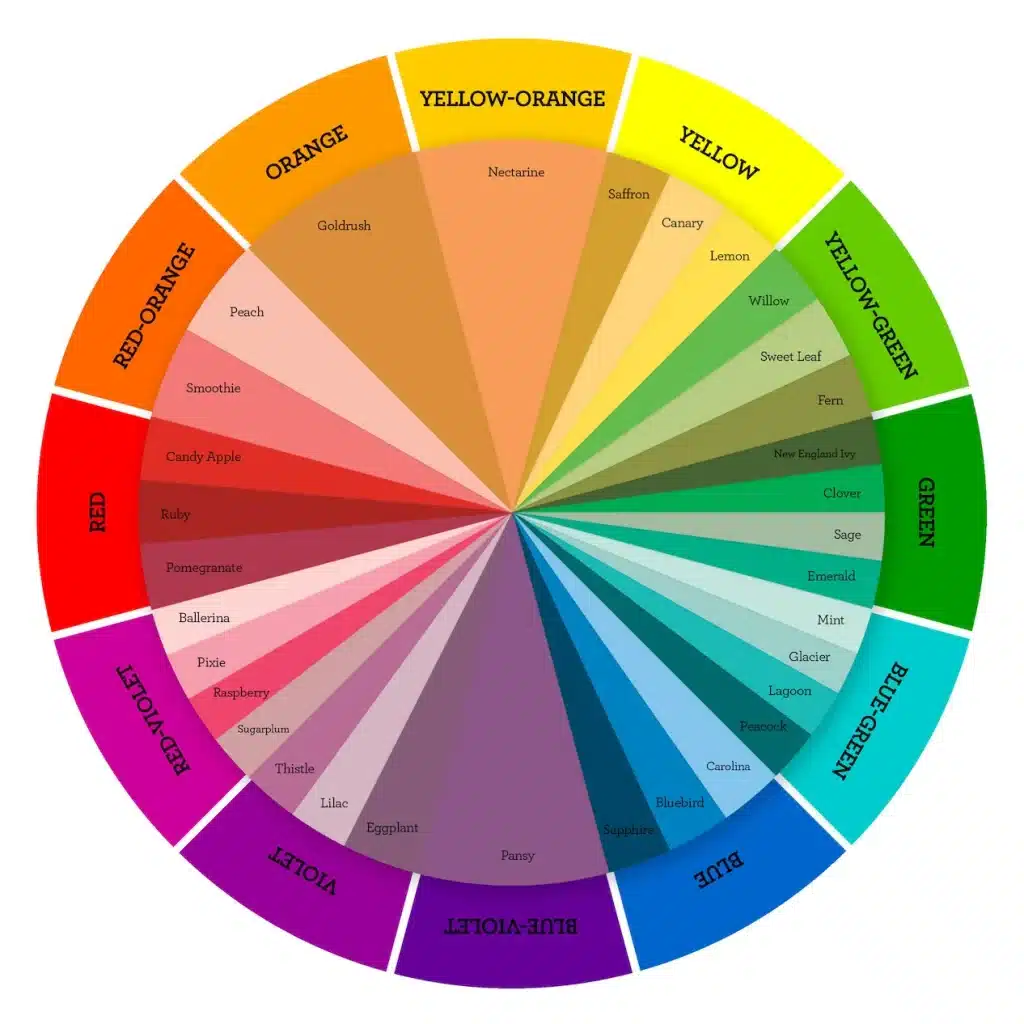
Importance of Colors in Defining Space’s Perception
Colors also hold a massive potential in defining the perception of any space, which implies making it look larger or smaller.
For example, colors like white help create the illusion that the space is larger than usual and enhance the airiness.
On the other hand, darker colors like navy maroon and black make the space look compact and enhance the intimacy.
Based on people’s preferences and requirements, you can make the perfect selection of colors to bring out the best possible look of the room.
It is not necessary that every color can suit all kinds of setups.
Wrapping it up
Overall, color psychology is pivotal in home decor, influencing your space’s aesthetics and vibe.
Every color plays an important role in evoking emotions of one form or the other.
Neutral gray, peach, and beige colors provide flexibility, allowing the design elements to bring out the best of your room’s setup.
The choice of colors is about personal taste and getting the best out of it for the desired mood and atmosphere.
The psychological aspect of selecting colors impacts how one reacts and overall well-being.
Ultimately, the game is all about perception and ideal choice. We hope this color psychology guide has given the subject detailed clarity and importance.
For any doubts or recommendations, please drop them in the comments below.


